Realism: Photography |
Realism: Photography |
| The early history of photography, beginning in the second decade of the nineteenth century, is complicated since various photographic techniques were developed and practiced. As photography developed, some practitioners wanted to do what paintings had always done (portraits, for example) while others recognized the medium's potential for documenting reality. | ||
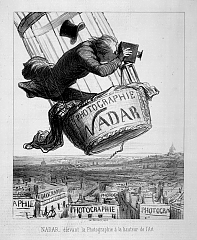 |
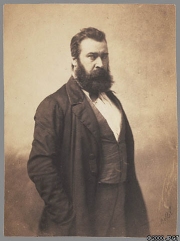 |
Daumier, Nadar Raising Photography to new Heights and Nadar, Portrait of Jean-François MilletDaumier's caricature (far left) illustrates the excitement Paris felt at Félix Nadar's (1820-1910) development of the new art. In the 1850's many of the outstanding figures of his day wanted to have him take their photographs. |
| Although Nadar did numerous studio portraits, he also recognized the documentary potential of the medium. He went beyond the studio to interesting and unrepresented locales such as Paris sewers (1864-5) and the catacombs (1861-2) | 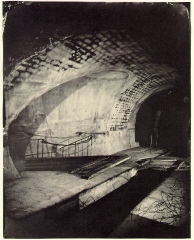 |
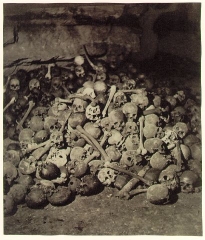 |
At about the same time that Nadar was introducing new subject matter in France, Mathew Brady (c. 1823-96) and then Alexander Gardner (1821-82) were photographing the Northern war effort in the Civil War. In a straightforward manner they recorded military personnel, preparations for battle, the gruesome effects, and even some military portraits.Below, left to right: Harper's Ferry, W. Virginia. The ruins of an arsenal, 1862; Antietam, Maryland. Confederate dead in a ditch, 1862; Antietam, Maryland. President Lincoln with General George B. McClellan and officers, 1862 | ||
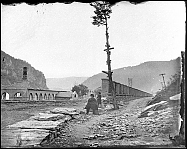 |
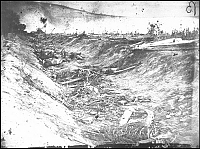 |
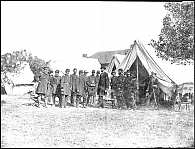 |
| Photographers learned early that because of its truth-telling, photography had the potential for changing minds and attitudes. We will look at two photographers working in the United States who had these aims. Jacob Riis (born Denmark 1849-1914) was a photojournalist who first investigated life in the slums and then published a book illustrated with this own photographs entitled How the Other Half Lives. He gave slides lectures with shocking depictions of the life of the poor; his goal was to make the public aware of these problems and bring about social change. Lewis Hine (1874-1940) worked for about ten years for the National Child Labor Committee; his documentary photographs were instrumental in the passage of child labor laws. | ||
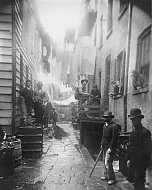 |
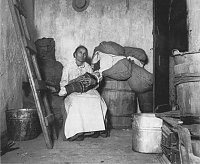 |
Jacob Riis |
Below: sociological photographs by Lewis Hine depicting child labor in cotton mills | ||
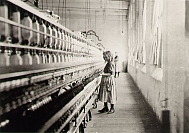 |
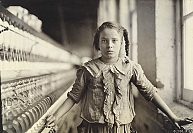 |
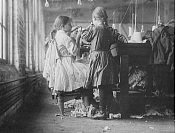 |
I am reminded of a poem written in 1915 by Sarah N. Cleghorn which reads: The golf links lie so near the mill That almost every day The laboring children can look out And see the men at play. | ||
Hine's photographs of adult workers: a Pennsylvania Railroad man, a secretary, a housewife | ||
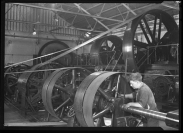 |
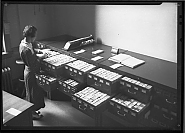 |
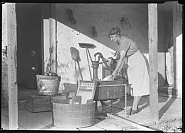 |
| Hine's photographic aims changed. In the 1920's he billed himself as Lewis Wickes Hines (instead of Lewis W. Hines) and called his work "interpretive photography" rather than "social photography." How would you define the difference? See the later photographs below. | ||
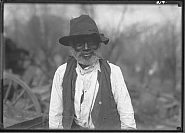 |
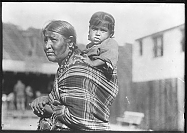 |
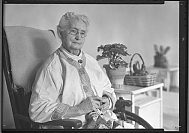 |
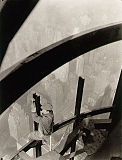 |
Lewis Wickes HineMan on Girders, Mooring Mast, Empire State Bulding, New York, c. 1931 |
|
All images marked MAS were photographed on location by Mary Ann Sullivan. All other images were scanned from other sources or downloaded from the World Wide Web; they are posted on this password-protected site for educational purposes, at Bluffton College only, under the "fair use" clause of U.S. copyright law.